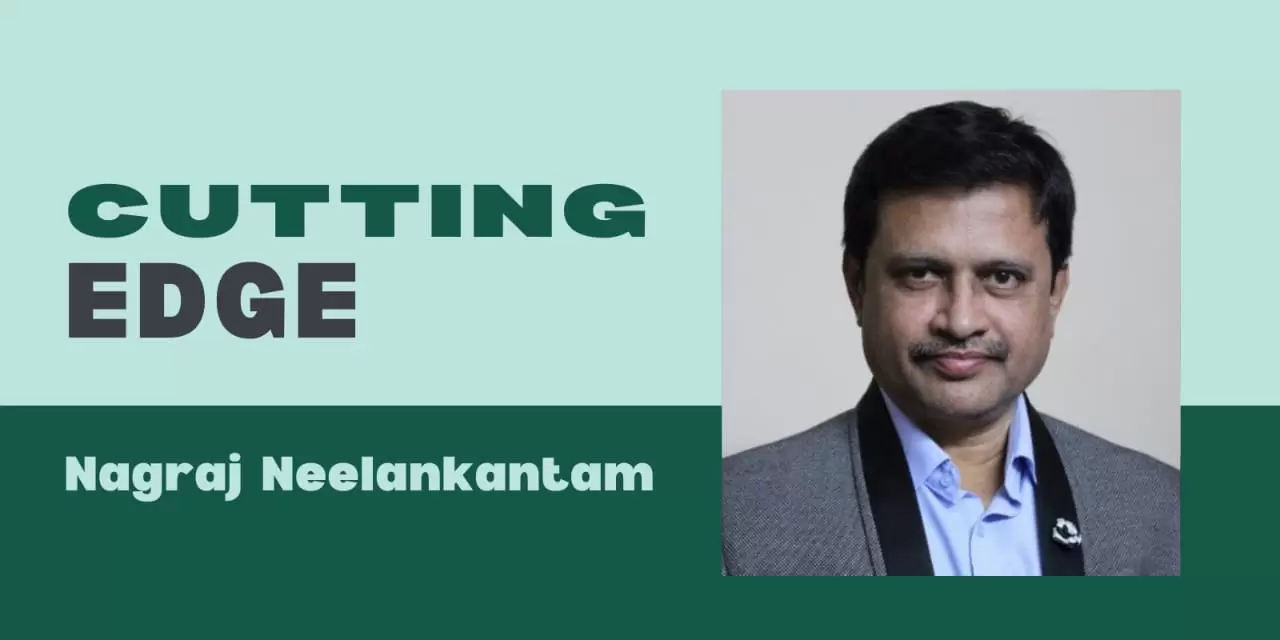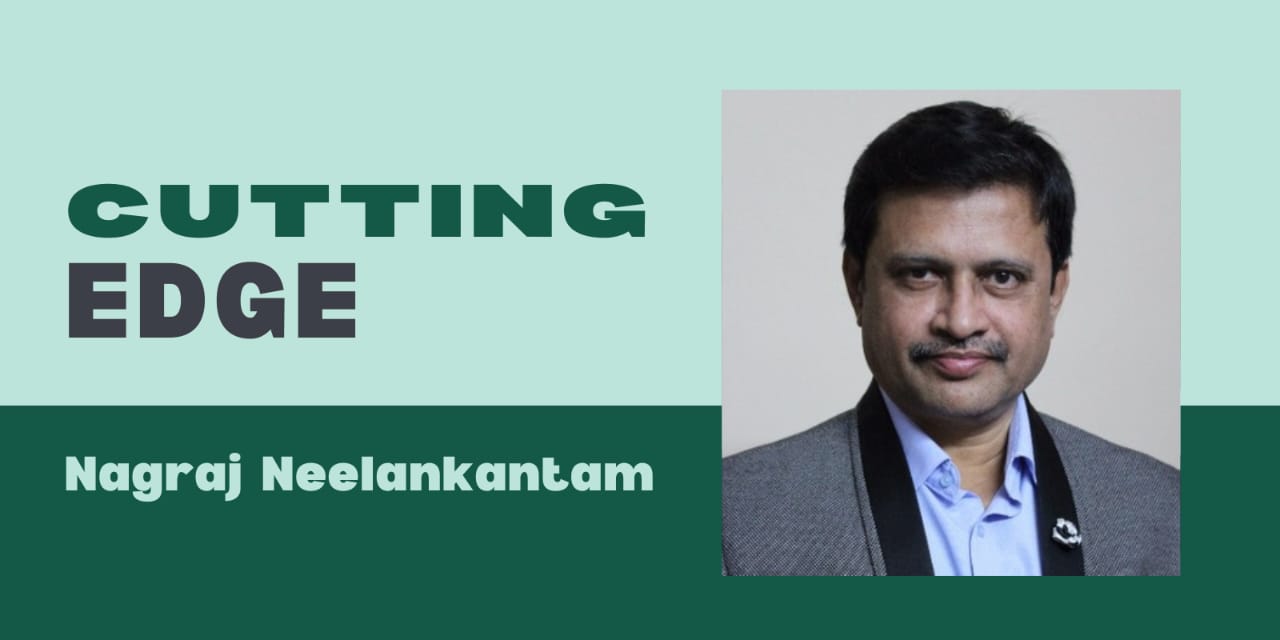In the sprawling mosaic of modern India, the loud proclamations of border skirmishes and external aggression often drown out quieter, more insidious battles unfolding within. The story of India’s “0.5 Front” is not about soldiers in uniform or tanks on contested terrain. It is the tale of invisible adversaries—subtle, embedded, ever-shifting forces working deep inside the nation’s social fabric. It is a story of sabotage, psychological manipulation, and a silent war where ideology, espionage, and digital subversion intersect.
Unlike the visible threats posed by Pakistan or China, the 0.5 Front is driven by internal actors—radical Islamists, urban naxals, cyber saboteurs, and ideological operatives—who spring into action during moments of national vulnerability. These combatants do not bear arms openly; instead, they manipulate narratives, fuel unrest, and exploit social fault lines. From coordinated terror modules to sprawling misinformation networks, India has repeatedly seen evidence of a structured ecosystem engineered to erode national cohesion from within.
The late General Bipin Rawat warned that “we are fighting a 2.5 front war… the enemy within is more dangerous than the one outside.” His caution is reinforced by security analysts who note how Pakistan and China increasingly rely on hybrid warfare—recruiting online, indoctrinating through digital echo chambers, and funding subversive elements through opaque, cross-border channels.
The 0.5 Front thrives by weaponizing India’s diversity. It activates sleeper cells, amplifies discontent among vulnerable groups, and turns digital platforms into battlegrounds. Its methods span psychological warfare, fake news, coordinated street violence, and sophisticated “grey zone” operations—the murky realm between routine statecraft and overt conflict. As the Centre for Strategic & International Studies notes, coercion below the level of traditional warfare includes “information operations, political coercion, economic coercion, cyber operations, proxy support, and provocation by state-controlled forces.”
Digital radicalization, encrypted messaging, and NGO-mediated financing have given foreign interests unprecedented access to India’s institutional spaces. Recent blasts, targeted attacks, and synchronized propaganda drives have exposed how quickly the half-front can ignite—revealing systemic vulnerabilities in law enforcement, digital regulation, and judicial processes.

Yet India’s response remains impaired by weak legal tools, fragmented intelligence coordination, and a judiciary that often prioritizes abstract liberties over tangible national security risks. Investigative works such as Josy Joseph’s The Silent Coup highlight how the state oscillates between excessive securitization and surprising laxity, creating a dangerous imbalance. The once-dismissed idea of a “deep state” now overlaps with legitimate anxieties about sovereignty and institutional integrity.
The threats posed by the 0.5 Front are not theoretical. They weaken India’s capacity to respond to external aggression, corrode public trust in institutions, and blur the boundary between legitimate dissent and orchestrated sabotage. Strategic experts consistently underscore the need for reform: better inter-agency coordination, a firm check on judicial overreach, stronger media ethics, and—when necessary—decisive covert action against traitorous networks. Ensuring national security does not mean curbing freedoms; it means recalibrating priorities to confront invisible warfare with clear-eyed resolve.
As India navigates an era of both unprecedented opportunity and heightened turbulence, the battle for internal stability becomes paramount. The metaphorical 0.5 Front is the shadow waiting to exploit uncertainty. Strengthening the nation’s core demands vigilance, reform, and a collective renewal of civic responsibility. Only when citizens, institutions, and policymakers act in concert can India defeat the silent adversaries within—and write its future not in fear or suspicion, but in unity, confidence, and resilience.





